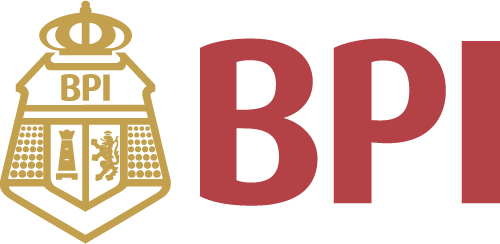All Categories
*Price and Stocks may change without prior notice
*Packaging of actual item may differ from photo shown
- Electrical items MAY be 110 volts.
- 7 Day Return Policy
- All products are genuine and original








About Robert Longo: Charcoal
Product Description The enormous, photorealistic charcoal drawings of American artist Robert Longo (born 1953) show the beauty and horror of the present day and age. His large-format works contrast the innocence of sleeping toddlers, the tranquil grandiosity of Earth and the planets, roses in bloom and Gothic cathedrals with threatening images of atom bomb explosions, fighter pilots, monster waves, sharks and the muzzles of revolvers. Inexorably and precisely, Longo records the state of our world; his powerful motifs give form and expression to the feelings of fear and longing felt by people in the 21st century, and affect the viewer with the full force of the medium. Back in print, this large-format, elaborately designed book―printed on natural paper using a tritone process, bound in half-cloth and distributed in four different cover designs―has been created in close collaboration with the artist and affords a comprehensive overview of his charcoal drawings from the past decade. Review Art doesn't get more basic than charcoal drawings, unless it's those scratched in the dirt with a stick. In the cave of Chauvet-Pont-d'Arc in France, the charcoal drawings are (perhaps) 32,000 years old. Mr. Longo's hyper-realistic drawings here are a bit more recent, though no less lively. Many of them dwell on nature: skyscraper waves out of a surfer's dream, and razor-mouthed sharks out of a surfer's nightmare; white tigers and vast nebulas; and mushroom clouds as if drafted by Georgia O'Keeffe.--Dana Jennings -The New York Times - Three essays explain how Longo's recurring themes - such as monster waves, the -sickness of reason- in nuclear explosions, and sharks as -perfect Gods- - typically capture moments of climax, tap into the collective unconscious and ask questions about how power achieves its effects. The overbearing scale of many of the drawings is consonant with those concerns.--Paul Carey-Kent -The Art Newspaper -




 (2)
(2)






















